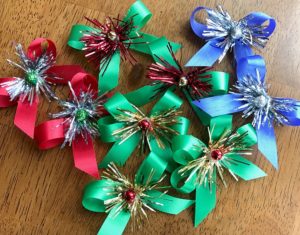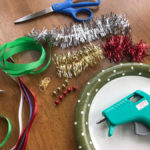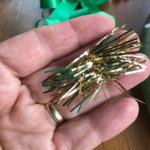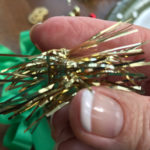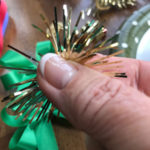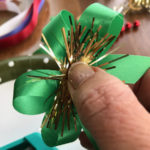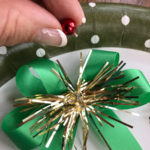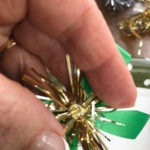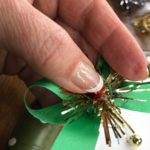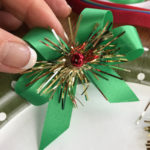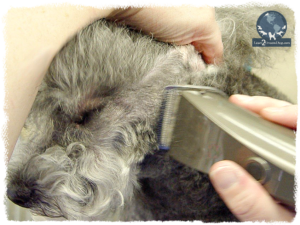 Clipper irritation is also commonly known as clipper sensitivity and clipper burn – but what is it?
Clipper irritation is also commonly known as clipper sensitivity and clipper burn – but what is it?
Clipper irritation is an irritation to the top layer of skin. While it’s not necessarily a severe injury that can occur during pet grooming, it will be itchy and uncomfortable to the pet. This discomfort causes the dog to scratch and/or lick the area. The skin gets moist. If left unchecked or untreated, the scratching and licking can cause an open wound very quickly.
Unfortunately, clipper irritation is not always detectable right after it happens. This means that unknown to both the groomer and the pet owner, the dog may be going home with skin irritation. The condition goes unnoticed until the pet begins to aggravate the area. In its early stages, the skin might moisten or turn a light pink. Other times, the signs may not be visible, but the dog can certainly feel the discomfort.
Depending on the severity of the irritation, the skin might be light pink, or in severe cases, bright red or even bloody. The skin tingles uncomfortably. The natural reaction is that a dog will lick and scratch at the site. The sharp edges of recently clipped toenails can make matters worse – and if the pet starts scratching at his face, you can have a real problem on your hands. A mild case of clipper irritation can instantly turn into a severe one with a couple bats of the back foot with freshly trimmed toenails.
Clipper irritation is one of the more common injuries in grooming salons. It doesn’t just happen to inexperienced or new groomers. I’ve seen it in the competition ring and Grooming Certifiers have reported it at certification test sites.
From a business standpoint, what happens when a pet has been affected by clipper irritation? Simple. Owners will not return to your place of business if it becomes a common problem.
I was just reviewing a Learn2GroomDogs.com video. Well into the video, the Training Partner changed clippers and started clipping a Poodle’s face. She did not tell the audience what blade she was using but I could tell it was closer than the one she had used previously. I was guessing it was #10 or #15 blade length. Weeks after filming was completed, I shot off an email asking the Training Partner what blade length she had chosen to use. I wanted to have our video editor type it on the screen for our members because I knew it was going to be a question. I wanted to make sure I had the correct length.
I was shocked when she replied it was about a #30 blade length.
In my experience, the shorter the blade length, the greater the risk for injury. For most pet dogs, a #10 or #15 blade is considered a safe length to start with if it is used correctly. Some stylists can go shorter and not have any issues. On pets that are extremely sensitive, even longer blades such as a #9 or a #7F are safer alternatives.
How do you decide what blade to use? It all depends upon two things:
- the dog’s skin
- how the groomer runs their clippers
For over 15 years, I’ve watched this very talented Training Partner groom dogs. I have NEVER seen any clipper related issues with her work. She almost always uses a #30 blade on all her close work. So how can she get away with using a clipper on a #30 blade setting safely while others could not?
It forced me to think a little deeper – deeper than I go into in my book, Notes From the Grooming Table. In the book, I talk primarily about five key elements.
- holding the clipper
- keeping your hand supple
- the amount of pressure applied
- cleanliness of the coat
- clipper tip
Those five areas cover the basics of running a clipper effectively. However, there’s a little bit more to know if you want to consistently avoid any type of skin irritation, sensitivity, or clipper burn. To do that, we need to focus on how much pressure is being applied, the sensitivity of the pet’s skin, and the heat of the blade.
Applied Pressure
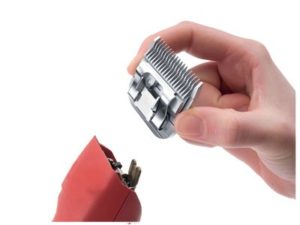 Proper pressure is the most critical component of clipping for both quality and safety. Press too lightly, and you won’t get the area clipped smoothly. Press too hard, and you’re sure to cause skin irritation. So, what is the proper balance between the two?
Proper pressure is the most critical component of clipping for both quality and safety. Press too lightly, and you won’t get the area clipped smoothly. Press too hard, and you’re sure to cause skin irritation. So, what is the proper balance between the two?
That depends.
On slightly longer blades, a tiny bit more pressure can be applied without incident than on super close blades. It will take you a few more passes to get a smooth, even cut. But for the inexperienced or new groomer that is still learning, a #10 blade is a good moderate blade to begin with.
As clipper technique improves, some stylists move to a shorter blade. Why? It offers a slightly cleaner look and takes a little less time. With super close cutting blades, such as #30 or #40, you can go even faster.
Be warned – if you opt to go with a very short blade, you need to be extremely careful. Your clipper technique must be absolutely spot on. Many experienced stylists with fabulous clipper technique can use #30 or even #40 blade lengths to quickly and easily get the quality of trimming they are looking for without sacrificing the well-being of the pet.
Choosing a blade length for close clipper work is not something to take lightly. You need to identify how proficient you are with your clipper technique. You can then choose the best option that does not jeopardize the safety of the pet. The last thing any of us want is to cause discomfort or injury to a pet.
Skin Sensitivity
Just like people, every dog is a little bit different. A person with a very fair complexion will typically have more sensitive skin. Folks with a deeper skin tone have less delicate skin. Puppies and younger dogs have more delicate skin than adult dogs. Smaller dogs are more sensitive than larger dogs. Fine coated pets are prone to more issues with clipping than heavier coated pets.
If a dog has dark pigment around its eyes and nose area, chances are the skin is a little bit tougher than those with light pigment. It’s very common on dogs with light pigment around their eyes and pink or light brown noses to have hypersensitive skin. Sometimes coat color and density levels will come into play, as well. Thicker coated pets are typically much less sensitive than those with baby fine fur. Also, small, light-colored dogs (white, buff, apricot, red – even some chocolate) can be more prone to sensitivity.
The skin can be conditioned. This is a common practice with dogs who are destined for the show ring. This is a critical step, especially with dogs that have close clipper work done on a routine basis. Prospective show dogs are started out with close clipper work at a very young age. It is repeated on a regular basis each month during the early stages of the grooming process. Not only does a condition the skin, it also teaches the puppy to enjoy the entire grooming process.
With pet dogs that have not gone through this conditioning process, we need to be more careful. With all dogs, the shorter the blade length, the more cautious you need to be. With supersensitive skin types, you need to be even more diligent about gentle and proper clipper technique.
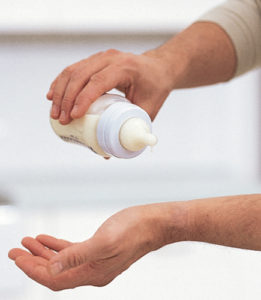 Heat of the Blade
Heat of the Blade
With most metal clipper blades, the longer and faster they run, the warmer they get. Each clipper will be a little different. To be safe, you need to regularly check how warm the blade is getting once they have started running.
To check the heat of a blade, simply touch it to your forearm as though you were testing the formula in a baby’s bottle. You can also touch it to your cheek. Either way, if it is heating up too quickly or is uncomfortable to the touch, ice the blade down with a blade coolant or switch out to a fresh, cool blade.
What to Do If You Suspect Clipper Irritation
Whenever a dog is suspected to be prone to clipper irritation, clipper sensitivity, or clipper burn, I encourage stylists to be proactive in heading it off. Remember, in many cases, you will NOT know if a pet has been affected by it until AFTER they leave the salon. There are many different things you can do but these are the top four in my book.
- Choose a blade length that matches the skin sensitivity level of the pet. Longer blades are best for dogs with a greater chance of sensitivity. Minimize how many times your clippers go over one area on the dog.
- Always utilize gentle, soft, and supple clipping techniques in sensitive areas such as the head, between the pads, the groin, or under the tail. Test your technique by running the clipper down your forearm, simulating the same tip and pressure you would apply on the dog when running the clipper. Is your technique comfortable to you?
- Apply a non-greasy skin soothing ointment or spray after clipping potentially sensitive areas. There are many available designed for pets. Personally, I recommend Skin Works by Coat Handler.
- If you even remotely suspect clipper irritation might be a problem, talk to your client BEFORE they leave the salon. Communicate with them about what to look for, and what they can do about it if it becomes a problem at home.
- Send the client home with some of your favorite product. Treatments can be packaged in small self-sealing plastic bags or soak a few cotton balls in a liquid relief product. Once they are premoistened, tuck them into a self-sealing plastic bag. Instruct the client on how to utilize the product if they notice the dog starting to rub or itch the affected area.
If you even remotely suspect clipper irritation might be a problem, talk to your client BEFORE they leave the salon. Communicate with them about what to look for, and what they can do about it if it becomes a problem at home.
When I was working with a new client, my initial blade of choice was always a #10 blade for close clipper work. I feel it is a moderate length blade that is relatively safe. In my new client consultations, I discuss this if we are dealing with any breed requiring close clipping, especially in the head area. Depending on how their pet reacted to this moderate length blade, we could make adjustments in future appointments if they had any issues or concerns.
How do you decide which blade you should use? Always err on the side of caution. I would rather sacrifice a little bit of quality by going with the slightly longer blade then dealing with clipper irritation.
Remember, you can always go shorter down the road as your techniques improve and you learn how to work with different skin types. Your primary concern should always be the safety and health of your pet clients.
Happy trimming,
~Melissa
What do you think? Jump over to the Learn2GroomDogs.com Facebook page and tell us about it.
 It’s been over 35 years since that first time. I still remember standing in awe, watching a talented pet groomer give a dog a haircut. She handled her clippers with ease. The long fur fell away like a hot knife through butter. The end result was smooth and gorgeous. And she was fast – super fast. She made the whole process seems so simple.
It’s been over 35 years since that first time. I still remember standing in awe, watching a talented pet groomer give a dog a haircut. She handled her clippers with ease. The long fur fell away like a hot knife through butter. The end result was smooth and gorgeous. And she was fast – super fast. She made the whole process seems so simple.

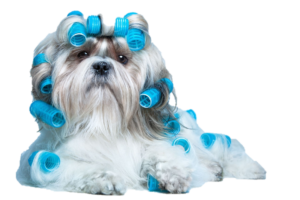 Have you ever sat down and thought about what your clients are worth to you?
Have you ever sat down and thought about what your clients are worth to you?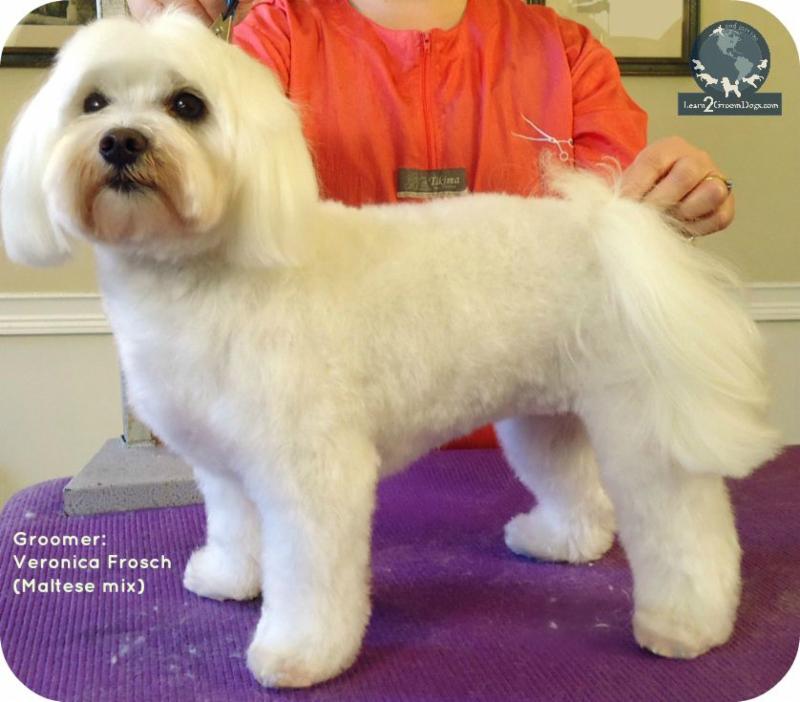 Don’t you love it when an owner walks into a salon and ask for this trim by name? They actually think this is a universal standard trim that all groomers and pet stylists should know how to do. When we start asking them questions, they get all huffy, thinking we don’t know how to do our jobs. Frustrating!! You and I know there isn’t a consistent right way to do a “puppy cut.” There are many – many variations!
Don’t you love it when an owner walks into a salon and ask for this trim by name? They actually think this is a universal standard trim that all groomers and pet stylists should know how to do. When we start asking them questions, they get all huffy, thinking we don’t know how to do our jobs. Frustrating!! You and I know there isn’t a consistent right way to do a “puppy cut.” There are many – many variations!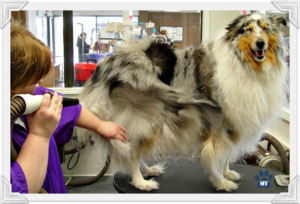 It’s shedding season in the northern hemisphere. All those heavy coated bath and brush dogs have begun the seasonal shedding process. It’s my favorite time of year!
It’s shedding season in the northern hemisphere. All those heavy coated bath and brush dogs have begun the seasonal shedding process. It’s my favorite time of year! Excellent grooming starts always starts with a firm understating of canine anatomy. It is the FOUNDATION of all grooming.
Excellent grooming starts always starts with a firm understating of canine anatomy. It is the FOUNDATION of all grooming.